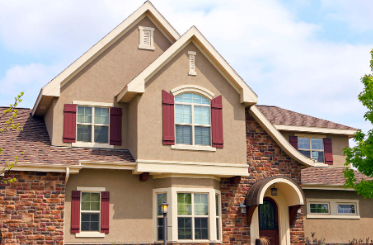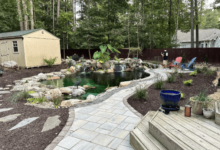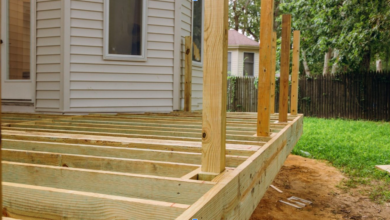Tex-Cote Vs. Traditional Paint: Understanding The Differences And Benefits

When it comes to painting the exterior surface of a home or building, the type of paint to use is very important. It not only influences the appearance of a building but also determines its lifespan and energy consumption. In this article, we explore two popular options: Tex-Cote and traditional paint. Both have their uses and they cater for different purposes; based on the requirements of the user.
Tex-Cote is not just paint. It is a specific layer which has been developed to endure extreme climate conditions as well as offer appropriate insulation. On the other hand, traditional paint is cheaper and is available in various types that have different finishes and are durable. Through this comparison, we hope to assist you in making the right decision as to which route is best when it comes to your property.
What is Tex-Cote?
Also known as texture coating, Tex-Cote is an exterior coating widely acclaimed for its reliability and energy conservation capabilities. This is thicker than ordinary paint and contains elements that are able to reflect the heat from the sun. This reflection assists in minimizing the absorption of heat in buildings during hot weather, which could lead to lower expenses on air conditioning. When applied by a skilled Tex-Cote contractor, it is also very durable, it has a higher resistance to wear than traditional paints—it offers better protection against sun and rain.
Traditional Paint and Its Uses
The most common paint for exterior walls is traditional paint, which is water-based (latex) and oil-based (alkyd) paint. These paints are recommended for their ability to provide a large selection of colors and the fact that they are easy to apply. However, it typically requires more applications (i.e., retouchings), than other longer-lasting coatings such as Tex-Cote.
Comparing Tex-Cote and Traditional Paint
Tex-Cote usually lasts longer than the normal paint since it is made to withstand weather conditions that can cause it to peel off, crack or fade away. Conventional paint, even though initially less costly, might have a higher need for refinishing and retouching.
Another important advantage of Tex-Cote is that it reflects the sunlight, and as a result it is very energy saving. Buildings that a Tex-Cote contractor has worked on are cooler in summer hence less requirement of air conditioning. Unfortunately, traditional paint does not have these features of energy saving.
So, overall, there are several advantages of opting for Tex-Cote instead of high-quality paint if you are seeking a long-term solution for protecting your property and seeking to cut down expenses on energy consumption. This makes it ideal for places that have extreme weather conditions or for structures where energy used for cooling must be minimized.
Conclusion
The two products, Tex-Cote and normal paint, are suitable in maintaining and enhancing the appearance of buildings. The decision depends on various factors, including your pocket, the weather, and how often you are willing to repair. For the people who want their homes to be renovated more frequently, or have a limited budget to work with, it is better to use traditional paint, as it is universal and can be used to create a wider range of designs. But if you can afford a bigger amount and want something that lasts longer, and saves you money in the long run, you sure need to speak to a Tex-Cote contractor.





